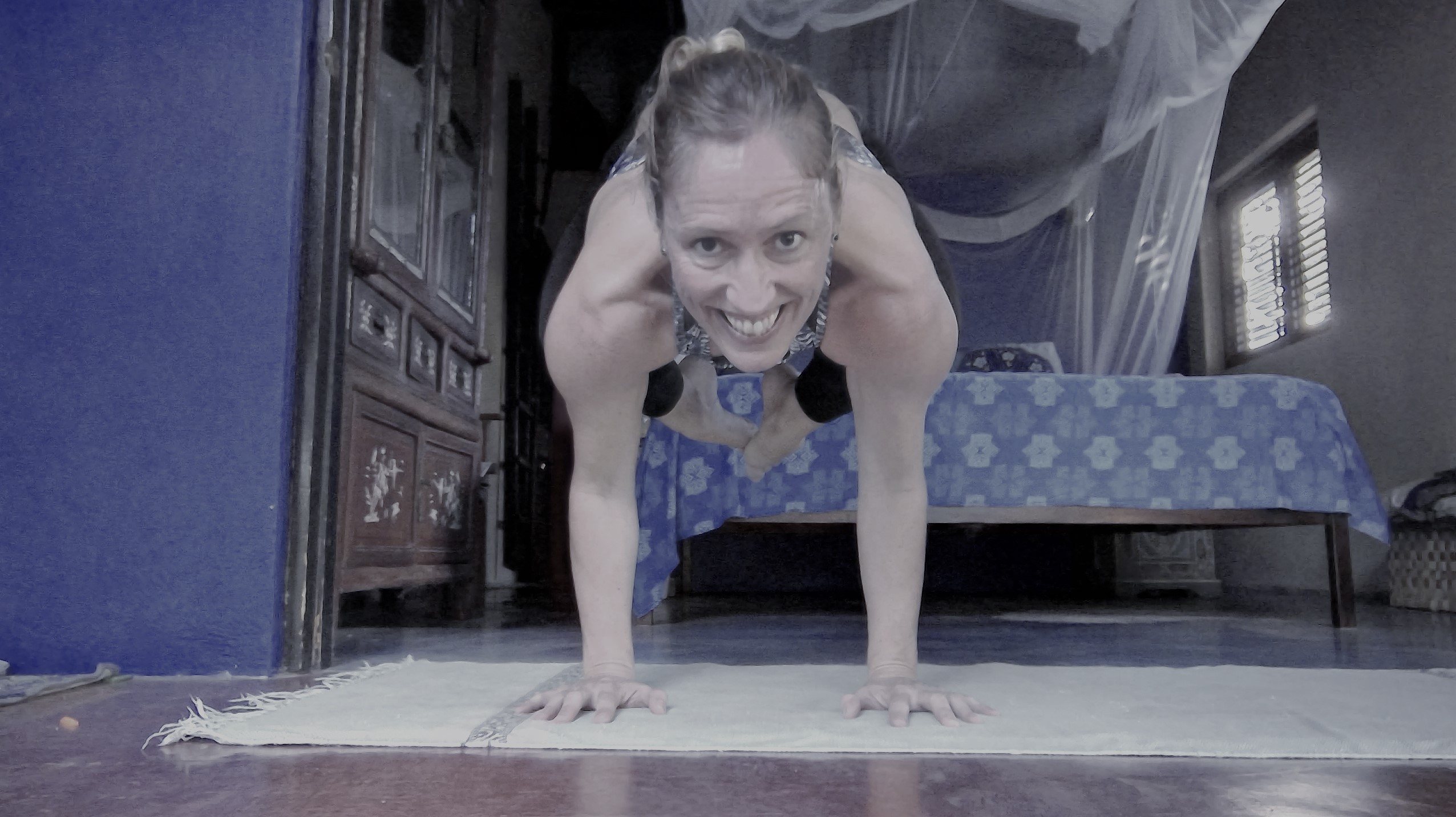
When you start teaching Vinyasa Yoga to beginner students, you can not teach them everything about yoga in the first class. It’s just way too much information. Depending on the students and their level of knowledge about yoga, you can start making a priority list. Well, at least that’s what I did ☺
Most important in the first class would be to make it as accessible as possible to all students and to show them all variations of poses possible for different levels of flexibility and strength. This way, they can see that yoga truly is for everybody and that you don’t need to be flexibel to do yoga. What I often see in yoga classes taught in the gym, is that there is hardly any focus on the breathing. Staying connected to the breath is so important. This is what separates yoga from all other fitness programs taught in a gym.
Before you know it, the first class is over and everybody is happy, but I’m still thinking: “hmmm… I should have also told them about this and showed them that…” Well, I know now that you cannot teach them everything in the first hour and that’s ok. We have time…
So, first on my list would be staying connected to the breath, while second would be paying attention to proper alignment as a precaution to injuries. During Vinyasa Yoga we spend a lot of time on our hands (Adho Mukha Svanasana – Downward facing dog and all the Chaturangas), therefore I believe it is of utmost importance to explain proper hand positioning, to keep students from hurting their wrists.
Next on my list would be the Bandhas (energy locks), starting off with Mula Bandha (Root lock). Explaining Mula Bandha, is like an introduction to the “secrets of yoga” , at least, that’s how I see it… Mula Bandha could be explained as the perineum muscle, which is located between the anus and the genitals and moves in an upward direction when activated, creating the feeling of “lift”. You can activate this muscle by pulling your tail bone towards your pubic bone and your sitting bones inward/upward. It is used to stabilize the pelvic floor and to strengthen the lower back and lower abdominal muscles. By activating Mula Bandha, you will hold the Prana (energy) within you so it can flow upward (using Udiyana Bandha).
After explaining what Mula Bandha is and how it works, I truly hope the students will experience the feeling of “lift” they get from using Mula Bandha by practicing poses like Bakasana (Crow pose) and Navasana (Boat pose).
Let’s see!
